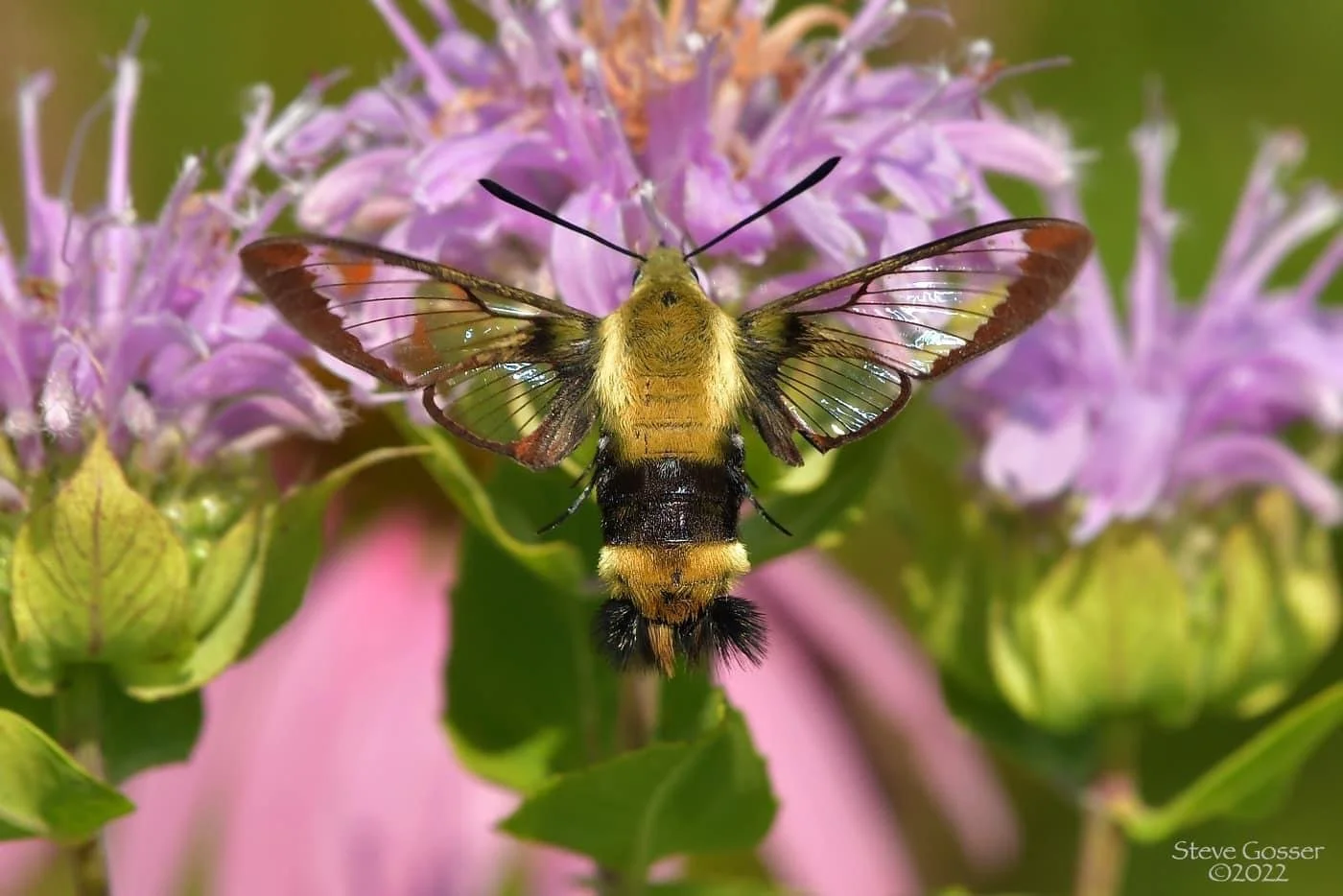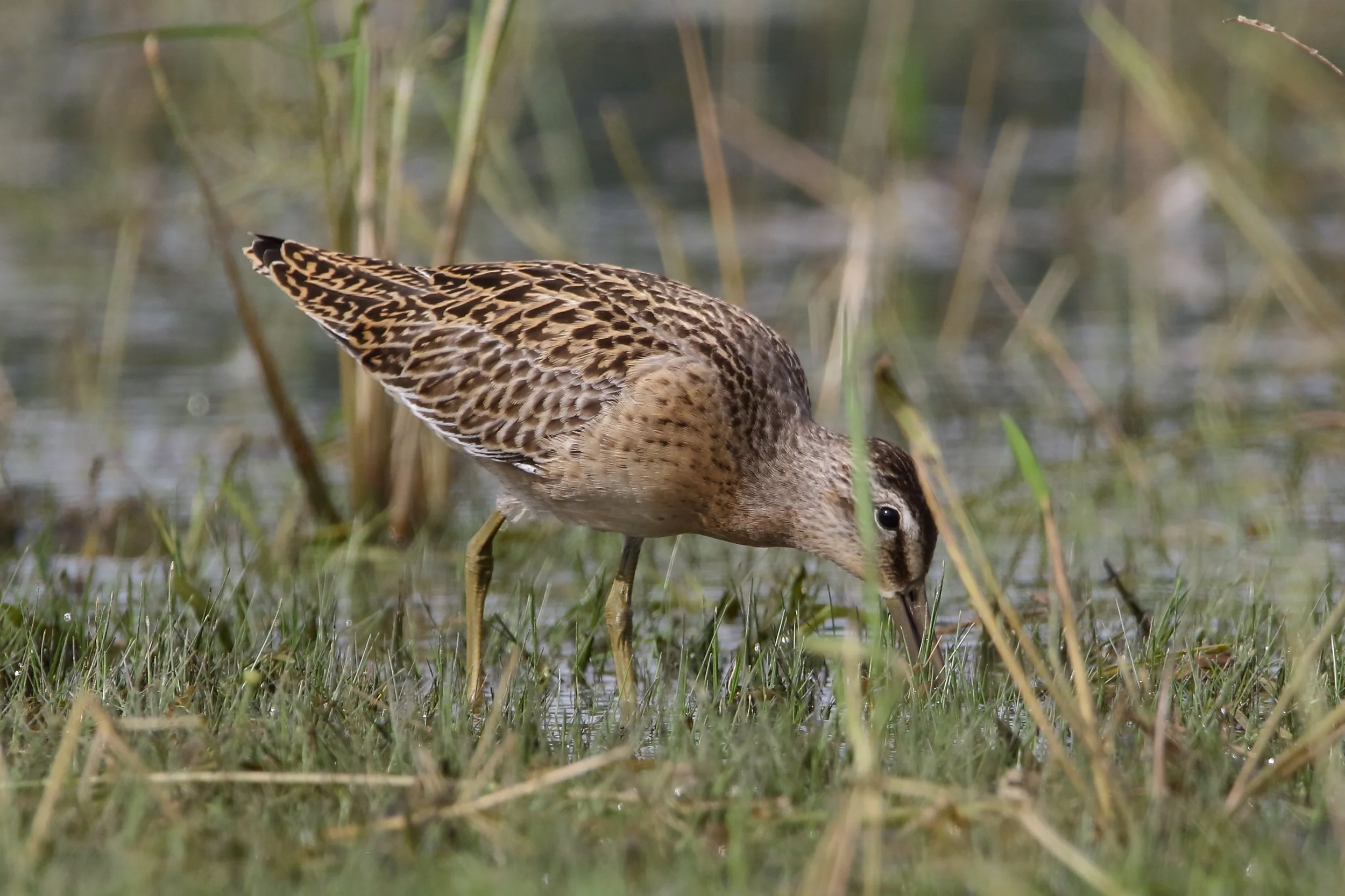JULY NATURE NOTES
By Katie Andersen
Summer is in full swing this month and brings its own set of natural wonders to observe in our neighborhoods and parks. A drop in birdsong for some species will begin in July while the insect chorus starts to rev up. Here are some of July’s Nature Happenings to watch for this month.
Hummingbird Moths, often mistaken for “baby hummingbirds," show up at plants.
Highbush Cranberry, Red Raspberries, and Viburnum start producing fruit.
Thistle plants begin going to seed; American Goldfinches gather thistledown for nesting material in late July.
The first broods of immature Ruby-throated Hummingbirds begin to show up at nectar feeders early in the month, often attempting to feed from the wrong parts of the feeders before figuring them out! These youngsters will look similar to adult females. They are typically plumper than the adults when they first leave the nest, while adult females may be a bit on the skinnier side as they’ve been working hard to raise their young.
Orioles, both Baltimore and Orchard, begin bringing their young to the feeders. Both adults will feed their young. These juvenile birds will initially look like extremely dull versions of the adult females.
Cicadas and Katydids start calling early in the month.
More than 25 species of butterflies can be seen in our area during this month. Increase the butterflies seen in your yard by planting a butterfly garden and reducing the amount of chemicals you use in your lawn. Planting host-specific plants for caterpillars to eat can greatly increase the variety you see in your yard.
Additional Info & Resources:
https://www.regsciconsort.com/go-native-erie/
https://extension.psu.edu/trees-lawns-and-landscaping
https://pollinator.org/
https://goodellgardens.org/
Checklist of Butterflies Recorded in Erie County, PA Compiled by: Gerald M. McWilliams
Both male Mallards and Wood Ducks molt into "eclipse" plumage and are unable to fly for several weeks. This plumage is a dull, female-like plumage that helps camouflage the males during their non-breeding season.
Southbound migration begins for shorebirds this month with Short-billed Dowitchers among the earliest of those returning from their boreal breeding grounds.
Some birds reduce or even altogether stop singing this month as their young fledge.
Listen for the feeding screeches of young Barred and Great Horned Owls.
This is the peak month for fireflies in our area.
Firefly Watch Community Science Project
Join a network of community scientists around the country by observing your own backyard and help scientists map fireflies.
Anyone in North America can participate in Firefly Watch. All you need to do is spend at least 10 minutes once a week during firefly season observing fireflies in one location (your backyard or in a nearby field). All firefly sightings—or lack thereof—are valuable!
CLICK HERE For More Info and to Sign Up as a Firefly Watch Community Scientist
July 2023 Dates of Note
July 3: Full Moon
July 17: New Moon








